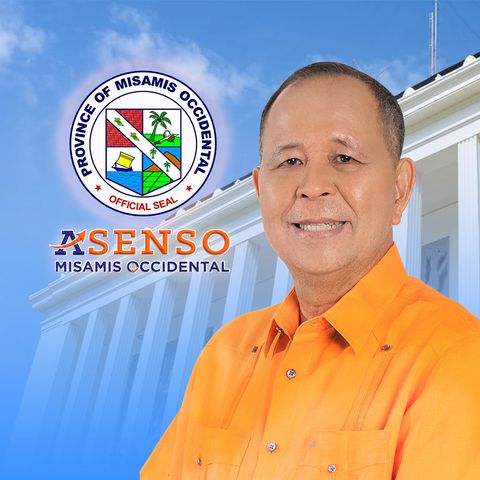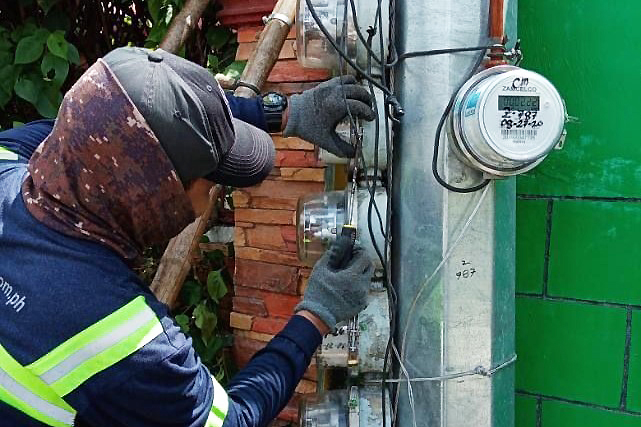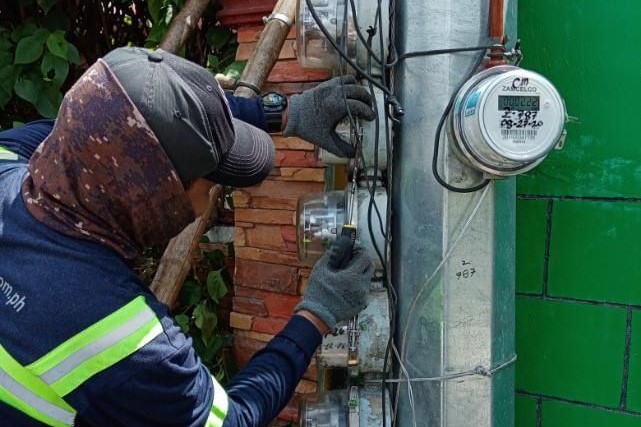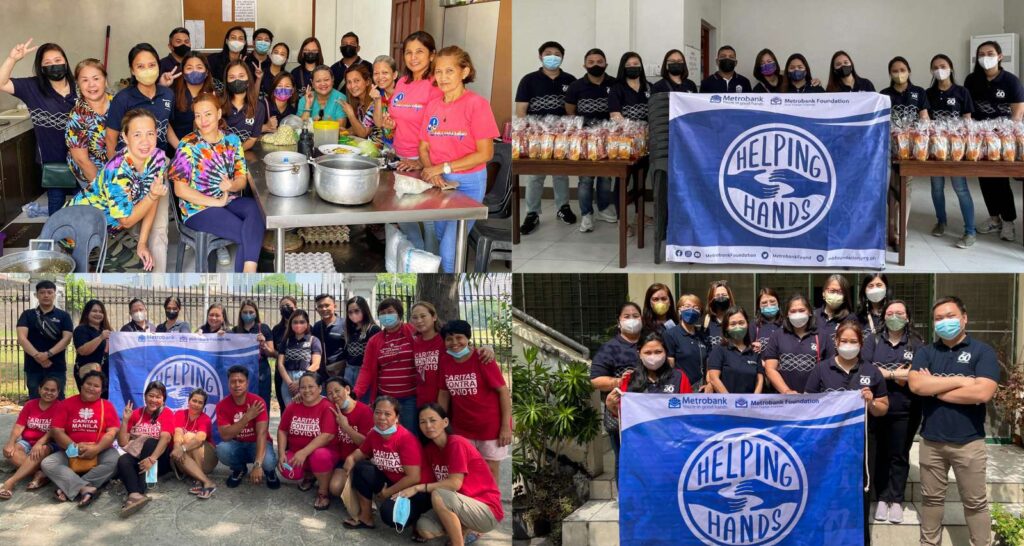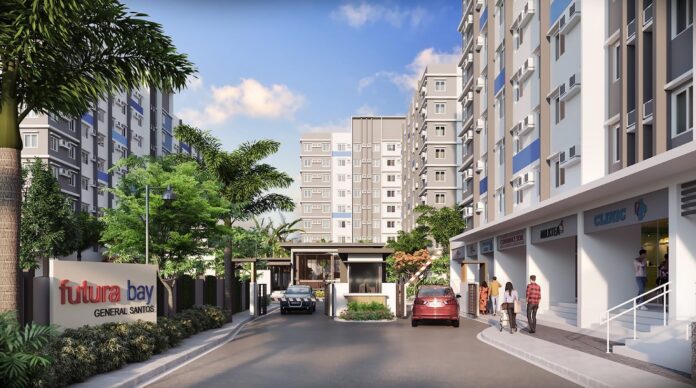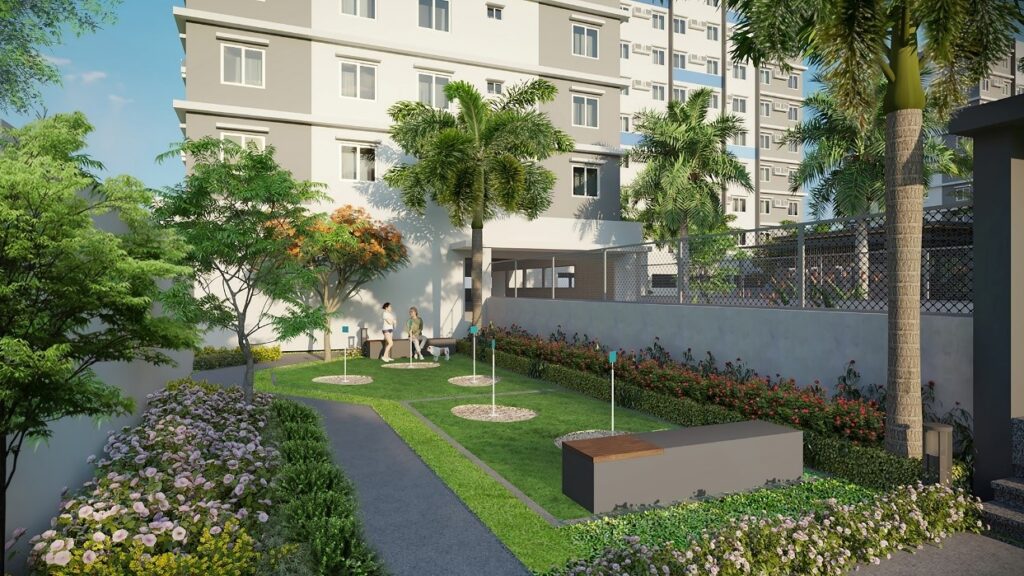Enjoy low installment plans under PhP1,499 or PhP999 per month with 0% interest on budget-friendly study laptops, tablets this academic year!
Taguig City, Philippines – With the new school year ahead, parents, especially moms, are taking charge of preparing everything their kids will need to equip them with essential tools this back-to-school season. However, as we embrace the era of modern learning, where technology has taken center stage in driving students’ education, providing them with the right study devices is no longer a luxury but a necessity.
Luckily, getting these devices does not require breaking the bank, as Home Credit is the key to availing these gadgets in low monthly installment plans with 0% interest.
From budget-friendly laptops under PhP1,499 per month to ‘sulit’ study tablets for schooling below PhP999 per month, the leading consumer finance company offers a wide range of options you can choose from to provide your kids with an efficient partner this academic year. Some of these options include:
ASUS Ryzen 3 Laptop: A reliable learning companion
First on the list of value-for-money laptops below PhP1,499 per month is the ASUS Ryzen 3 Laptop. Equipped with an AMD Ryzen 3 processor complemented by 8GB of RAM, this ASUS laptop can easily handle everything without lags—whether it’s taking notes, conducting research, working on assignments and projects, or accessing learning platforms.
This device also comes packed with 256GB of storage to provide your kids with enough space to save their school files and necessary applications. Additionally, it boasts a 14-inch display and weighs only 1.60kg, making it an excellent choice for students who are always on the go.
HP 15S i3 Silver Laptop: An efficient partner for school tasks
Another option is the HP 15S i3 Silver Laptop, which you can also get for less than PhP1,499 per month. Powered by an Intel Core i3-1115G4 processor supported by 8GB of RAM, this laptop enables your kids to multitask easily, providing them with an efficient learning partner.
Built with a 512GB capacity for substantial storage and featuring a Windows 11 operating system, this HP laptop allows your kids to navigate it easily thanks to its user-friendly interface. With a 15.6-inch display, this device weighs only 1.7kg, providing a lightweight laptop that your kids can easily take to school.
Acer Aspire 3 i3: The perfect laptop to empower productivity anytime, anywhere
Next on the list of laptops below PhP1,499 per month is the Acer Aspire 3 i3. Packed with an Intel Core i3-1215U processor and partnered with 8GB of RAM, this device can smoothly handle basic school tasks like web browsing, opening documents and files, and much more.
Apart from that, this Acer laptop features a 512GB internal capacity, offering ample storage for your kids throughout the school year. Additionally, the device boasts a 15.6-inch display for comfortable viewing of study materials. With an approximate weight of 1.78kg, it is easy to carry.
Realme Pad 32GB/3GB Tablet: A reliable device to work around daily tasks
If you are looking for more portability for your kids, a tablet is the right fit. For this purpose, Home Credit offers a wide array of tablets to choose from, all below PhP999 per month. One of these options is the Realme Pad 32GB/3GB Tablet.
Built with a Helio G80 processor and 3GB of RAM, this budget-friendly tablet provides efficient performance that your kids can rely on when working on their school tasks. With a 32GB internal capacity, it offers enough storage to keep your kids’ notes, digital materials, and educational apps throughout the academic year.
For a more reliable device, this Realme tablet carries a substantial 7100mAh battery, providing students with enough power every day. It supports an 18W Quick Charge to easily recharge the battery, minimizing downtime for your kids while completing their assignments and projects on time. Sporting a 10.4-inch display and a lightweight design that weighs only 0.44kg, it is highly convenient.
Samsung Galaxy Tab A8 LTE: The ultimate companion for everyday school activities
Expanding your options for tablets below PhP999 per month is the Samsung Galaxy Tab A8 LTE. Powered by an Unisoc Tiger T618 processor with 4GB of memory, this Samsung tablet offers exceptional performance for your kids’ day-to-day tasks.
These features are complemented by 128GB of internal storage, expandable with a microSD card of up to 1TB, ensuring that storing large files is never a problem. With a 10.5-inch screen and a 7040mAh battery capacity, this tablet provides your kids with an exceptional learning companion.
Furthermore, it includes a built-in screen recorder, enabling students to record live online classes and review them at their convenience. It also offers safety features like Samsung Kids, which allows your children to explore and connect to the Internet securely.
Huawei Matepad T10 LTE: The enabler of improved productivity
Another tablet below PhP999 per month, available via Home Credit, is the Huawei Matepad T10 LTE. Equipped with a Huawei Kirin 710A processor, this device delivers seamless multitasking, allowing your kids to switch smoothly from one app to the next without experiencing slow response times. This is supported by 2GB of RAM and 32GB of internal storage, contributing to better overall performance.
The Huawei Matepad T10 LTE also boasts a generous 5100mAh battery capacity, providing enough power for your kids to complete their tasks throughout the entire day. The Huawei Matepad also features a 9.7-inch HD screen for incredible viewing and weighs only 450g, ensuring easy portability for your kids.
Empower your children’s school year now with ‘sulit’ study laptops and tablets! Don’t miss out on Home Credit’s back-to-school promotion, offering staggered payment options with 0% interest to provide your kids with the learning partner they deserve!
To know more about the latest updates from Home Credit Philippines, visit its official website, www.homecredit.ph. You may also follow its official Facebook, Instagram, and TikTok accounts. Customers are also encouraged to download the My Home Credit App on Google Play to learn more about the latest promos and see what’s new in the Marketplace.
Home Credit Philippines is a financing company duly licensed and supervised by the Securities and Exchange Commission (SEC) and the Bangko Sentral ng Pilipinas (BSP).
